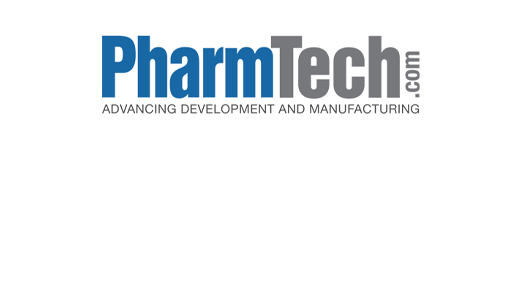Published May 28, 2020
A network-based supply chain approach has the potential to improve resilience and performance.
The weaknesses in global healthcare supply chains, like diseases in the human body, may go undetected for years, even decades. They surface when a major disaster or pandemic happens. For healthcare supply chains, nothing in history has exposed those vulnerabilities as vividly as the COVID-19 pandemic. In the time of the pandemic, it has become apparent how stretched, fragile, and disconnected many supply chains are. The lessons learned from COVID-19 highlight the importance of stress testing the resiliency of the global healthcare supply chain so it will be better prepared in the event of major demand surges or supply shortages.
The lack of preparedness for many countries has been exacerbated by brittle supply chains, lack of visibility to inventory, and an inability for hospitals and suppliers to collaborate effectively. Demand and supply for many products was out of sync, with supply chain technology unable to provide crucial information, or the means to address the critical imbalances.
In an unpublished survey, performed in conjunction with a major healthcare services company, of hospital and supplier executives and managers, nearly three out of four said their number one concern was supply shortages (74%). Respondents also overwhelmingly agreed that greater inventory, demand, and manufacturing capacity transparency would increase supply chain resilience.
Jim Tompkins, chairman of Tompkins International, a global supply chain consulting firm, summed it up best when he recently said, “There is so much uncertainty now that there is no synchronization of supply to demand, and thus, we have inventory overages of discretionary products and supply shortages of essential products. We have apparel stores full of inventory that are closed and open grocery stores with near-empty shelves”



